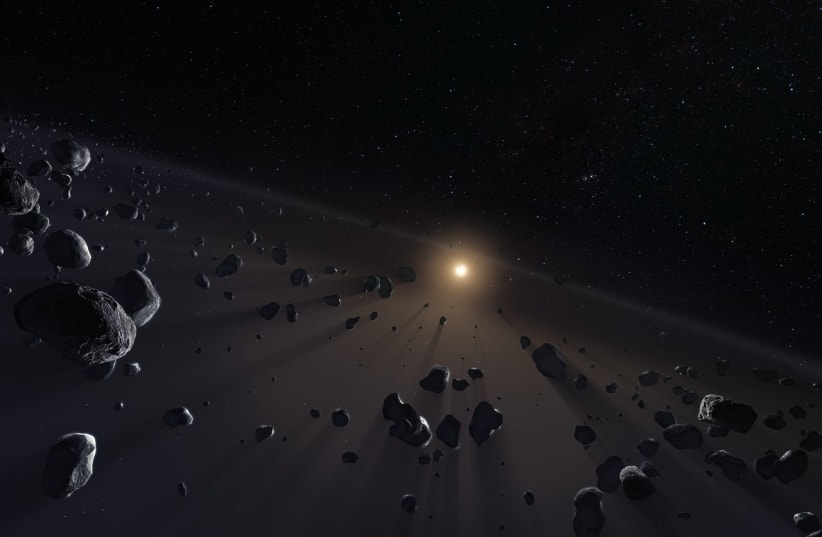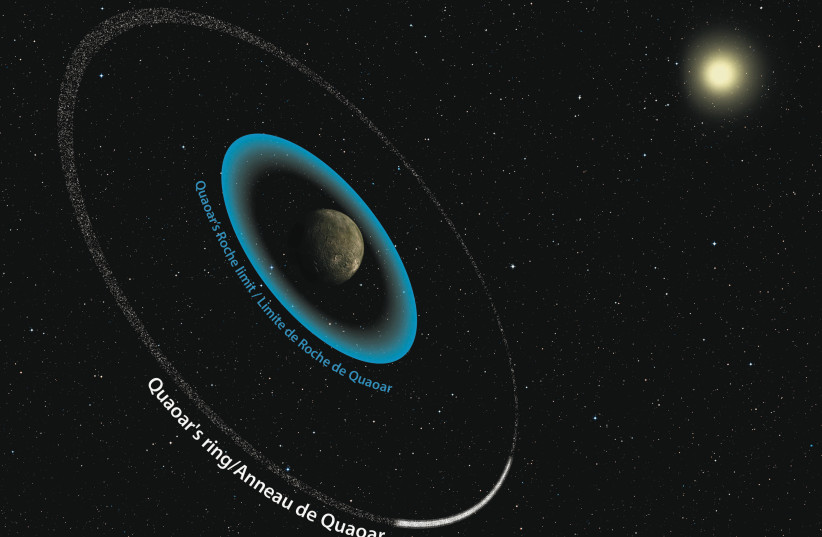Exoplanets are planets that orbit around a star located outside our solar system – just like Earth and the seven other planets revolve around our sun. We now know that worlds exist beyond our solar system – more than 5,000 exoplanets have been found so far, even though we can't see them. However, we know of their existence because we can see the star move, causing the light to look bluer and redder from Earth.
Our universe is estimated to have over 100 billion galaxies, each with hundreds of billions of stars. Astrophysicists think that most stars have at least one exoplanet. These worlds are a prime target for the search for life beyond Earth. If most stars have one or more planet around them, there may be billions of trillions of planets in the universe.
Prof. Amri Wandel from Hebrew University of Jerusalem (HU) has now disclosed his research that promises to redefine our comprehension of habitable exoplanets. In his study published in the Astronomical Journal under the title “Extended habitability of exoplanets due to subglacial water,” he introduces the concept of subglacial liquid water as a key element in broadening the boundaries of the conventional “Habitable Zone.”
Wandel is a senior scientist in astrophysics at HU’s Racah Institute of Physics. He is an expert in astrobiology and chairman of the Israeli Association of Astrobiology and Early Life and also president of the International Academy of Sciences in San Marino.
Every exoplanet discovery teaches us something new about how the universe works, he wrote. “When we just had our own solar system’s eight planets to study, we had a limited view of what kind of planetary systems are possible in the cosmos. Now, with thousands of exoplanets cataloged, the horizons of planetary science are broader than ever. We also sometimes get to see other star systems forming, which teaches us about our own origins. It’s like watching our very own ‘How It's Made’ show through the world’s telescopes.”
What constitutes a habitable zone?
The classical Habitable Zone, often referred to as the “Goldilocks Zone,” typically defines the region around a star where conditions allow the presence of surface liquid water and, by extension, life as we understand it. However, Wandel’s research offers a fresh perspective by illustrating that the existence of subglacial liquid water can considerably extend this zone.
One of the primary discoveries of this research is the potential to expand the Habitable Zone inwards for tidally locked planets closely orbiting M-dwarf stars that are frequently regarded as candidates for detecting spectral evidence for life (so-called biosignatures) in exoplanets. The study explains how an atmosphere and liquid water could coexist on these planets, pushing the limits of the Habitable Zone further than previously assumed.
Moreover, the research suggests that subglacial liquid water can also broaden the Habitable Zone beyond the outer limits of the conservative Habitable Zone. These findings, he said, unlock the possibility of liquid water on a more diverse range of exoplanets than previously envisioned, presenting tantalizing opportunities for the search for extraterrestrial life.
A noteworthy implication of this research is its connection to recent observations made by the James Webb Space Telescope (JWST). The potential identification of atmospheric water vapor on GJ 486 b – a rocky Earth-sized exoplanet – and the evidence for an ocean on K2-18b – a super Earth exoplanet – hint at the existence of liquid water, possibly organic chemistry, and the potential for life on such celestial bodies. This discovery provides empirical proof that addresses the long-standing question of whether exoplanets orbiting M-dwarf stars can sustain habitable conditions.
“This work demonstrates that the Habitable Zone of red dwarfs is likely significantly broader than previously assumed, and planets within it have the capacity to maintain water and an atmosphere. The latter conclusion is empirically supported by recent findings of water on such exoplanets by the Webb Telescope, particularly in K2-18 b, as predicted in the article submitted two months prior. In particular, it may optimize the target allocation and priority for biosignature research by JWST,” he said.
His research shows how water on terrestrial planets closely orbiting M-dwarf stars could endure within a subglacial melting layer, presenting a unique perspective on the sustainability of liquid water. The study further explores how the detection of water on various exoplanets can aid in constraining their atmospheric characteristics.
In conclusion, the study focuses on the transformative potential of subglacial liquid water in expanding the Habitable Zone of exoplanets and not only advances our comprehension of habitable
environments in the cosmos but also illuminates the prospect of life beyond our planet.

